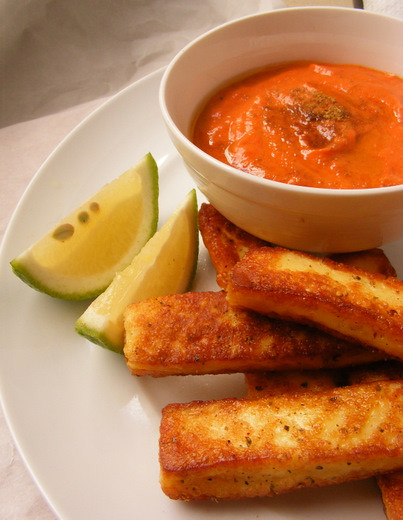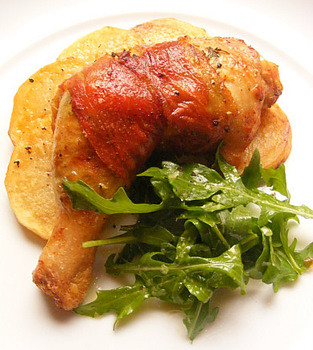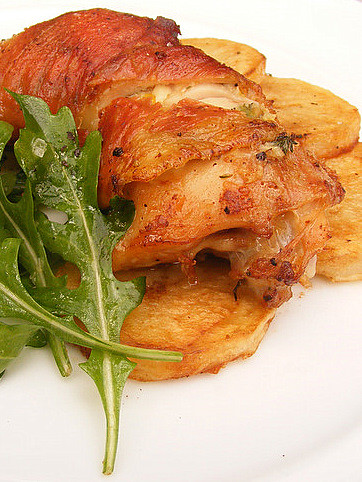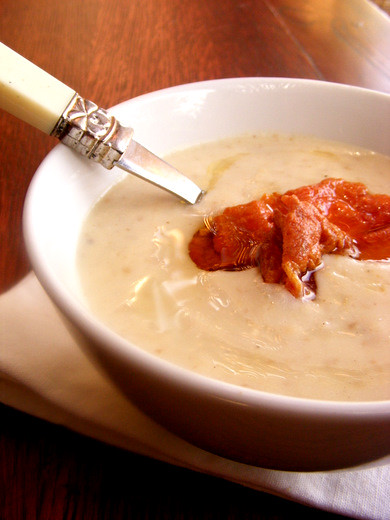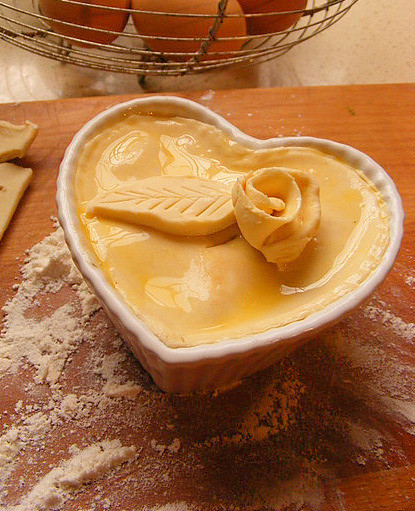I love kedgeree, but rarely make it, because the 'smoked haddock' that we get here in South Africa is awful. In fact, it's not haddock at all, but hake with a fake tan. Incredibly, it's perfectly legal for South African manufacturers to pass off dyed hake as smoked haddock.
'A retail scam' is what consumer journalist Wendy Knowler calls this: 'Both the Department of Health and the SA Bureau of Standards permit the industry to refer to the dolled-up hake as haddock in large print on the front of their packs, as long as the word hake appears in the small print list of ingredients,' writes Knowler in her exposé of this villainous practice.
An excellent alternative to haddock in a kedgeree is smoked snoek. Snoek, a time-honoured staple of Cape cuisine, is delicious when properly smoked; it's inexpensive, sustainable and has an agreeable flaky texture. Curiously, despite its abundance, snoek isn't something you often see featured on Cape restaurant menus: in this interesting article about snoek, Hilary Prendini-Toffoli explains why. (And at the end of that article, you'll find four excellent snoek recipes from two of South Africa's best-loved cookery writers, Carmen Niehaus and the late Lannice Snyman).
Living near to Hout Bay harbour as I do, all I need do is nip down to Mariner's Wharf for a pack of their famous oak-smoked snoek, but you might struggle to find it if you live upcountry. It's available in some of the bigger supermarkets, and you can also ask your local fishmonger to order it for you.
My kedgeree contains just a hint of curry powder (Rajah Medium Curry powder has the right, generic taste) . Don't be tempted to add more spice, or you'll overwhelm the delicious parsley-egg-rice flavours. I use plain old Tastic rice, for its bland, milky flavour. Don't skimp on the cream.
Creamy Snoek Kedgeree
300 g smoked snoek, bones removed, and flaked
2 cups (500 ml) uncooked rice
6 cups (1.5 litres) water, for cooking the rice
1 tsp (5 ml) salt
6 extra-large free-range eggs
4 Tbsp (60 ml) butter
a large onion, peeled and very finely chopped
2 tsp (10 ml) medium-strength curry powder
4 Tbsp (60 ml) water
1½ cartons (375 ml) cream
1 tsp (5 ml) finely grated lemon zest
½ cup (125 ml) finely chopped fresh parsley
the juice of a large lemon
salt and milled black pepper
a pinch of cayenne pepper or chilli powder
Painstakingly sift through the snoek flakes with your fingertips to remove any small bones. Set aside.
Put the rice, water and salt in a pan and switch on the heat. Boil over a medium-high heat for 15-20 minutes, or until the rice is cooked. Drain and set aside.
Boil the eggs for 9 minutes, or until the yolks are just cooked. Run cold water over the eggs, at a slow trickle from the tap, for a few minutes. When the shells are cool, peel the eggs. Chop four of them into small cubes, and cut the remaining two eggs into wedges, for a garnish. Set aside.
Heat the butter in a large saucepan, add the onions and a pinch of salt and cook gently for four to five minutes, or until they are soft and translucent. Stir in the curry powder and cook for another minute. Now add 60 ml water, turn up the heat, and bubble for another two minutes. Turn down the heat.
Tip the cooked rice into the pan and add the cream, flaked snoek and lemon zest, stirring well to combine. When the mixture has gently heated through, add the parsley, chopped egg and lemon juice and season well with salt and pepper. Tip the kedgeree on to a warmed platter and top with the reserve egg wedges. Serve immediately, with a dusting of cayenne pepper.
Serves 6


